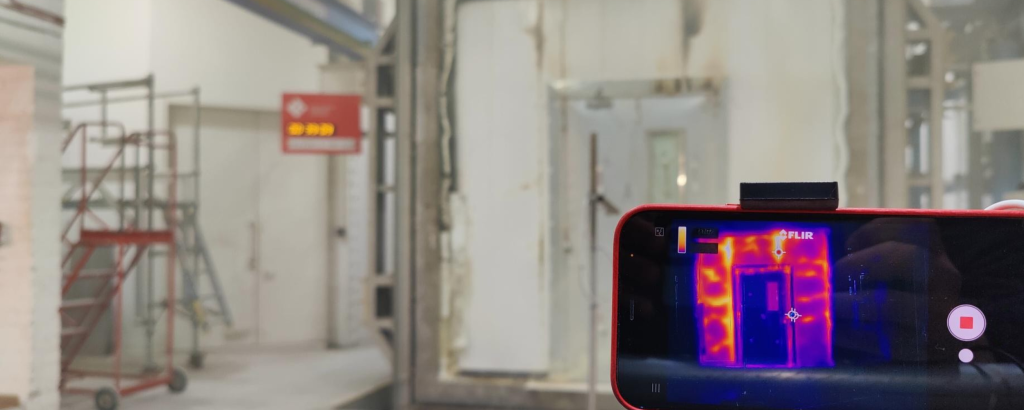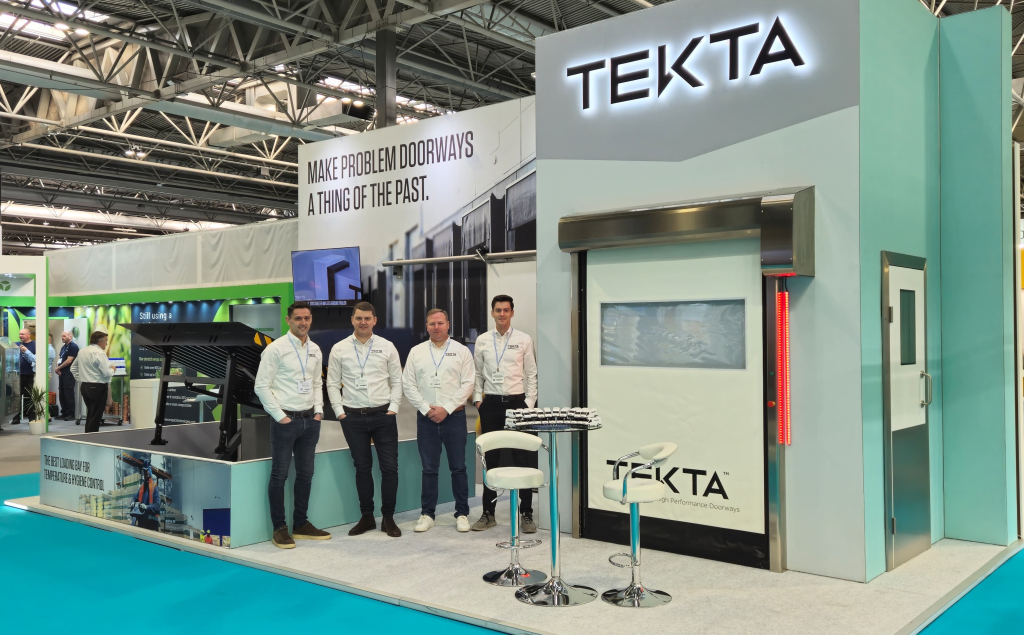Mitigating POPs Contamination
0 min read

Upholstered Furniture Waste Management Regulations: Mitigating POPs Contamination
The Regulatory Position Statements RPS 264, RPS 265 and RPS 266, issued by the Environmental Agency (EA), address the handling and disposal of upholstered domestic seating, particularly concerned with mitigating POPs contamination (Persistent Organic Pollutants). While the RPS does not alter the legal obligations regarding contamination prevention, it emphasizes the need to minimize particulate generation and emission during the storage and shredding process. Methods to minimise fugitive dust emissions include:
- Mist and spray over the shredder hopper, conveyor system and within buildings.
- Hoods on shredder outlets.
- Reduce how far the shredder material drops from conveyor systems into the storage areas.
- Dust suppression canons to control point source emissions of particulates.
- Adding binders to stockpiles of shredded material and to floors, for example calcium magnesium acetate.
- Cleaning the shredder and areas around it regularly to prevent build-up of particulates.
- Wind reduction netting or lamella curtains in wide doorways.
Understanding POPs: Persistent Organic Pollutants
Persistent Organic Pollutants, or POPs, are toxic chemicals that resist degradation in the environment. Environmental POPs contamination is a significant risk to human health and the ecosystem. Found in various everyday items, including upholstered furniture, POPs require careful management due to their detrimental effects on the environment and public health.
Waste Management Challenges: Disposal of Sofas Containing POPs
The processing and disposal of upholstered domestic seating presents significant challenges. Specialist handling is required to minimize particulate generation and emission during the shredding procedure to ensuring compliance with regulatory standards and prevent environmental pollution.
High Speed Doors : Methods for managing generation and emission of POPs
A more practical solution than the ‘wind reduction netting or lamella curtains in wide doorways’ mentioned above would be to install a high-speed door. These doors offer several advantages that align with the requirements of environmental control:
- Containment: High speed doors create a barrier that helps contain potentially hazardous materials within waste facilities, minimizing the risk of POPs spreading into the surrounding environment.
- Efficiency: With rapid opening and closing speeds, these doors facilitate swift and seamless access to waste disposal areas, streamlining operations and reducing the time during which POPs may be exposed.
- Sealability: High-speed doors are engineered to provide a tight seal when closed, preventing the escape of pollutants and ensuring compliance with regulatory standards for environmental protection.
- Durability: Built to withstand frequent use and adverse conditions, high-speed doors offer long-lasting performance, contributing to the reliability and sustainability of waste management facilities.
Next Steps: Compliance timeline requirements
Waste treatment sites are required to install and commission equipment for capturing and abating emissions by December 1, 2024. Additionally, they must notify the EA, providing necessary details and proposed methods for installation and commissioning. These measures aim to enhance environmental protection and minimize the release of POPs during waste processing.
Environmental Stewardship: Promoting Compliance and Responsibility
Compliance with the RPS conditions is crucial to safeguarding the environment and public health. Waste treatment sites must adhere to strict protocols to mitigate the risk of environmental pollution.
By implementing the recommended measures and prioritizing environmental stewardship, waste management facilities can fulfil their responsibilities while contributing to a cleaner, safer environment for the present and future generations.
View the full range of suitable external high speed doors here.
Need help specifying the best high speed door for your facility? Contact us here.




